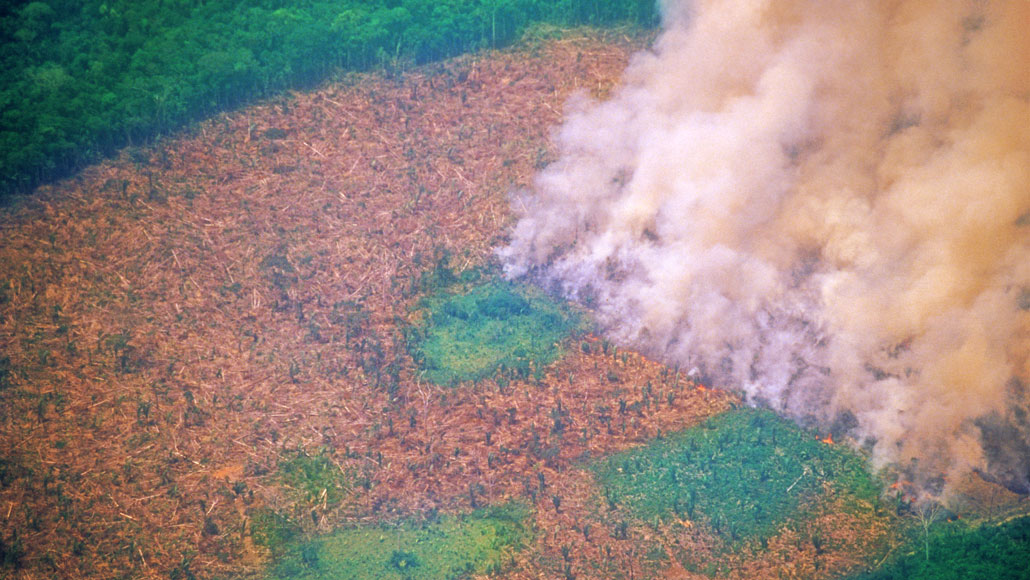
Deforestation, along with greenhouse gas-caused climate change, could double the burned area of the southern Brazilian Amazon forest by 2050. Future fires could help turn the region from a carbon sponge to a source.
luoman/iStock/Getty Images Plus

Deforestation, along with greenhouse gas-caused climate change, could double the burned area of the southern Brazilian Amazon forest by 2050. Future fires could help turn the region from a carbon sponge to a source.
luoman/iStock/Getty Images Plus